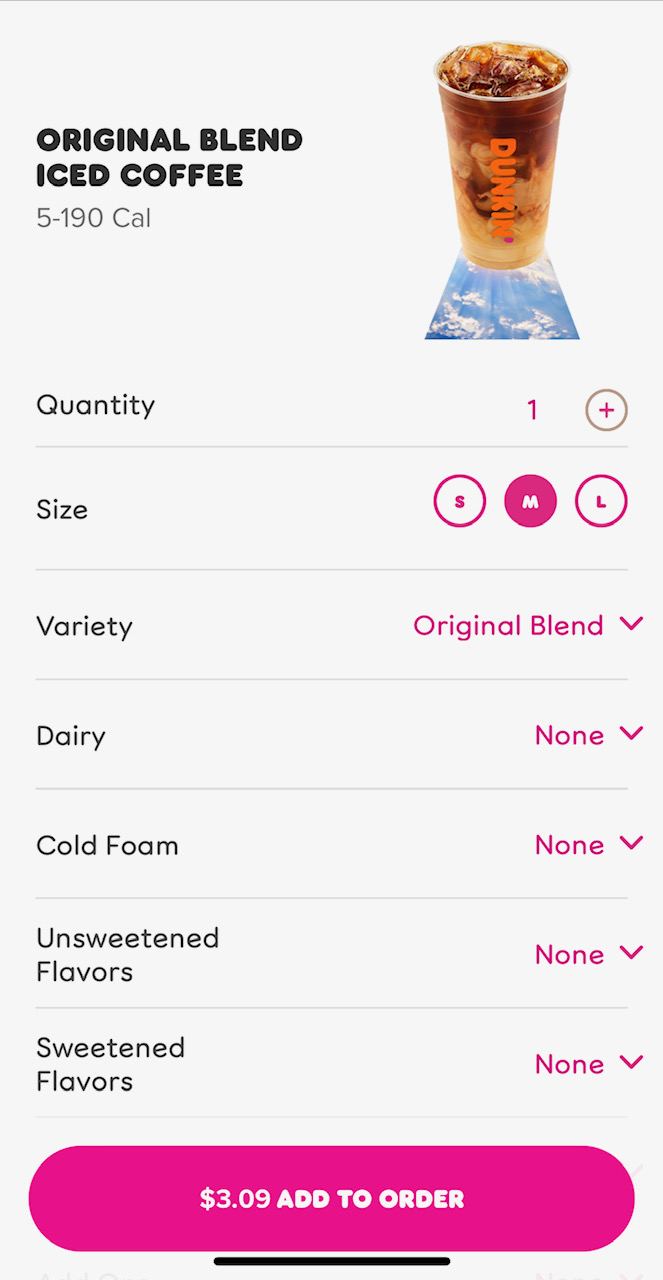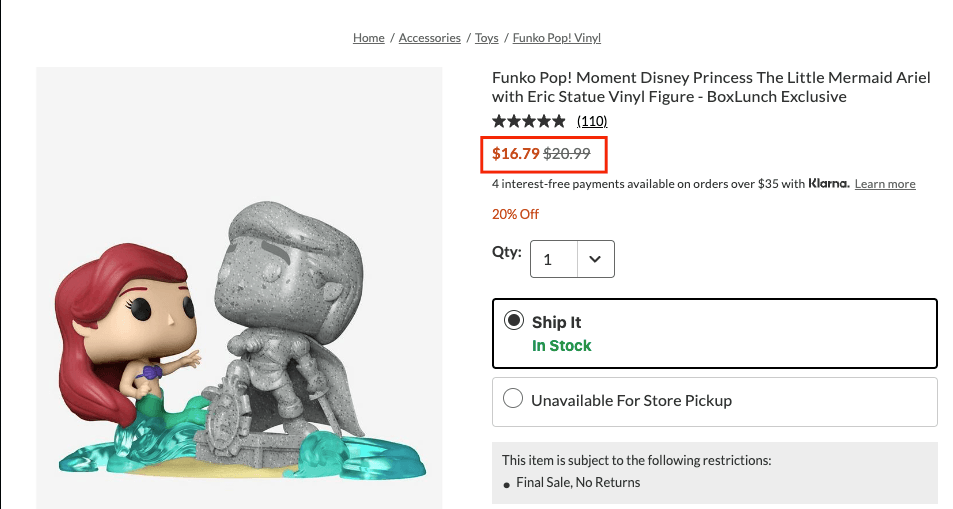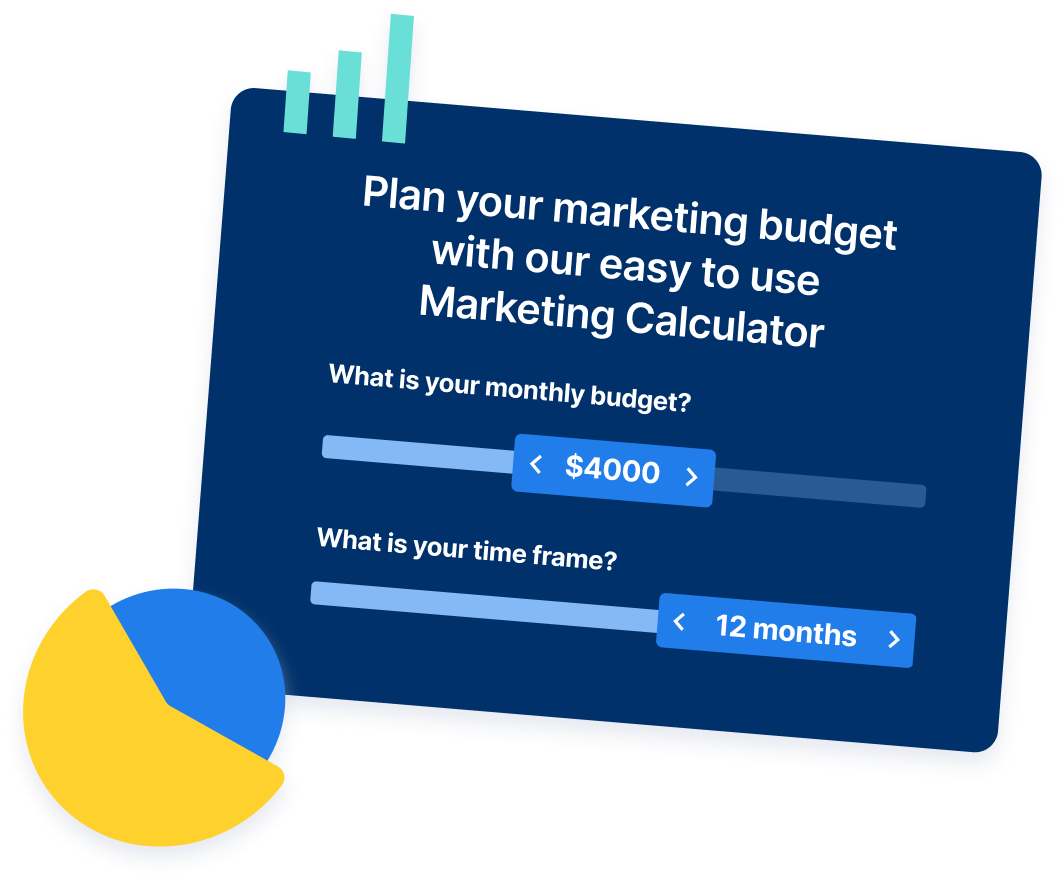-
 8 min. read
8 min. read
-
 Macy Storm
Macy Storm Content Marketing Consultant
Content Marketing Consultant
- Macy is a content marketing consultant with over five years of experience creating content for dozens of industries including home services, recreation, and education. She’s written about every marketing topic under the sun, from SEO to AI to email marketing. Her work has been featured by Search Engine Journal, HubSpot, Entrepreneur, Clutch, and more. In her free time, Macy enjoys crafting, reading comic books, and walking her dog Daisy.
Marketing psychology is a powerful tool you can leverage to help you sell more. When you understand how your audience thinks, feels, and makes decisions, you can leverage psychology in marketing to convince more prospects to buy.
On this page, we’ll provide you with everything you need to know about this topic, including:
- What is marketing psychology?
- Why is the psychology behind marketing important?
- 7 principles of psychology to leverage for your marketing
Keep reading to learn more!
P.S. Don’t forget to subscribe to Revenue Weekly to get the latest tips and tricks on marketing your business delivered to your inbox for free!
What is marketing psychology?
Marketing psychology is understanding how consumers think and feel so that you can market to them more effectively. The psychology of marketing also considers human reasoning and decision-making to understand what drives people to buy.
Why is the psychology behind marketing important?
If you’re hearing a lot about the psychology behind marketing, you may wonder why it matters. Why do you need to know about the psychology of marketing?
The biggest reason you need to understand the relationship between psychology and marketing is that it helps you know your audience better.
When you market your products, you need to convince prospects to purchase them. If you don’t understand how your audience thinks, feels, and makes decisions, you’ll struggle to understand how to market your products correctly.
Emotions are powerful, and understanding how to leverage emotion is critical for marketing your products to your audience. By understanding the psychology behind marketing, you tap into the psyche of your audience and produce marketing materials that drive better results.
7 principles of marketing psychology (and how to leverage them)
If you want to use psychology in marketing, you must first understand the principles of marketing psychology and how you can use them.
Here’s a list of principles covered in this post:
Keep reading to learn more!
1. Wording
One of the essential principles of psychology in marketing is wording. What you say and how you say it significantly impacts how people react and feel. Your words are a powerful tool for evoking the right emotions.
Think of words like organic, authentic, or free. These words provoke emotion in consumers’ minds and make them feel a certain way. That’s why companies use them.
Whether you’re crafting ad or website content, think about how you word your content and what words you use. It can be the difference between someone engaging with your content or brushing past it.
2. Priming
When you look at the psychology of marketing, one of the most important things is priming. Priming involves evoking pre-associations that people automatically connect with when they see or hear certain things or words.
So, what does this mean?
Imagine someone saying the word “fuzzy” to you. Then they ask you to pick whether you would pair that word with “sweater” or “paper.” Which would you choose?
Sweater, of course! And why is that? Because there’s already a pre-association built between sweaters being warm and fuzzy.
So, where does priming come into play with marketing?
Priming plays an essential role in building first impressions of your brand. If people already have positive pre-associations with something, you want to use that to your advantage.
Take color, for example. Blue is seen as a calming color, while yellow is seen as bright and vibrant. If you own a spa, you might want to use blue in your color scheme to push the idea of calmness further.
You want to consider people’s pre-conceived notions about colors, images, and designs and use that to your advantage.
3. Decoy effect
One of the most interesting aspects of the psychology of marketing is the decoy effect. The decoy effect involves consumers changing their preferences between two products or services when given a third option.
The decoy effect is heavily used in industries like fast food. Take Dunkin’, for example. Here’s the breakdown of the cost of an iced coffee based on size:
- Small: $2.69
- Medium: $3.09
- Large: $3.49

Where the decoy effect comes into play is with offering a medium-sized coffee. If someone sees a medium-sized coffee is $3.09, but a large is only 40 cents more, they’re more likely to upgrade to the larger size and pay the extra 40 cents.
When consumers are given a third choice, they use that as a comparison to determine the value of the more expensive choice.
Now, imagine if Dunkin’ only offered two sizes:
- Small: $2.69
- Large: $3.49
Now when you look at the two prices, they’re dramatically different. It’s almost $1 more to get a larger-sized coffee. As a result, more consumers would get the small coffee because it’s cheaper.
The decoy effect is an extremely integral part of marketing psychology because it helps you get consumers to buy more.
So, what’s the best way to use this psychology in your marketing?
If you’re sharing pricing, for example, add a third option. Whether you offer bundle deals or special packages, always include a third option as a measure for comparison. It will help you sell more products or services for your business.
4. Scarcity
With marketing psychology, one of the tricks you can use is scarcity. This tactic is a common one businesses use to create a sense of urgency and get consumers to make a purchase.
Have you ever browsed a product and seen a message like “Only 2 left in stock!” or something similar? If so, you’ve experienced scarcity marketing.

This tactic helps convince people to make impulsive purchases so they don’t miss out on the product. It’s a valuable tactic, too, if someone was on the fence about purchasing because it helps them decide to purchase.
You can use this tactic on your product listings on your website. As your inventory gets lower for a product, you can create an urgent message showing shoppers you have limited supply left.
5. Reciprocity
Has someone ever done something nice for you, and you wanted to reciprocate? That’s a basic psychological principle that many people follow. It’s also a part of psychology in marketing.
Many businesses practice reciprocity by giving away branded products or trial sizes. If you have the means to do this, it’s an excellent option for your business.
You can practice reciprocity through top-notch customer service if you can’t give away products. By providing a positive experience for your audience and being willing to go the extra mile, they’re more likely to think positively of your brand. As a result, they may reciprocate by leaving a positive review about their experience.
Since 93% of customers read online reviews before buying a product, receiving positive reviews as reciprocation is a valuable asset.
6. Social proof
When looking at the psychology behind marketing, one vital aspect to consider is the power of social proof. Social proof is when people copy others to replicate the behaviors of those people.
While some people are leaders willing to take the risk of trying something new, most people want to know it’s a worthwhile investment before buying. People don’t like wasting money, so they want to feel confident when purchasing something from your business.
That’s why social proof is a critical part of marketing psychology. If people see that others have a positive experience with your brand, products, or services, they trust it more.
As I mentioned earlier, 93% of people look at reviews before buying –– and that’s because they’re looking for social proof to justify their purchase. Those shoppers are likely to follow if dozens of people buy your products and leave raving reviews.
7. Anchoring
The last principle we’ll cover while looking at psychology in marketing is anchoring. Anchoring is one of the most common practices you’ll see when shopping online. It involves sharing base information with your audience to help them make decisions.
You’ll see this marketing psychology trick in action with pricing. Companies share the crossed-out original price on the page, followed by the new marked-down price.

The original price serves as an anchor –– it tells shoppers how much this product is worth initially, compared to the new, discounted price. It helps shoppers see the impact of the discount, so they’re more enticed to buy.
Think about it this way: If you saw a set of pots and pans costing $100, would you be enticed to buy it? Maybe, maybe not. Now imagine you see the original price was $350. Suddenly, those $100 pans sound like a bargain.
If you want to use this marketing psychology trick, make sure you make it clear and obvious on the page. Many retailers will make the discount red to help it stand out and signify a discount. You can take it a step further by indicating the discount percentage someone’s getting on the product.
Want to learn more helpful tips and tricks beyond marketing psychology?
Learning about psychology in marketing is an excellent way to learn how to create impactful campaigns that resonate with your audience. But that’s only half of the battle. You must know how to develop and execute effective campaigns to market to prospects.
If you want the latest tips and tricks for creating impactful marketing campaigns, subscribe to Revenue Weekly! You’ll join 200,000 savvy marketers already in the know!
-
 Macy is a content marketing consultant with over five years of experience creating content for dozens of industries including home services, recreation, and education. She’s written about every marketing topic under the sun, from SEO to AI to email marketing. Her work has been featured by Search Engine Journal, HubSpot, Entrepreneur, Clutch, and more. In her free time, Macy enjoys crafting, reading comic books, and walking her dog Daisy.
Macy is a content marketing consultant with over five years of experience creating content for dozens of industries including home services, recreation, and education. She’s written about every marketing topic under the sun, from SEO to AI to email marketing. Her work has been featured by Search Engine Journal, HubSpot, Entrepreneur, Clutch, and more. In her free time, Macy enjoys crafting, reading comic books, and walking her dog Daisy. -

WebFX is a full-service marketing agency with 1,100+ client reviews and a 4.9-star rating on Clutch! Find out how our expert team and revenue-accelerating tech can drive results for you! Learn more
Try our free Marketing Calculator
Craft a tailored online marketing strategy! Utilize our free Internet marketing calculator for a custom plan based on your location, reach, timeframe, and budget.
Plan Your Marketing Budget

Proven Marketing Strategies

Proven Marketing Strategies
Try our free Marketing Calculator
Craft a tailored online marketing strategy! Utilize our free Internet marketing calculator for a custom plan based on your location, reach, timeframe, and budget.
Plan Your Marketing Budget





